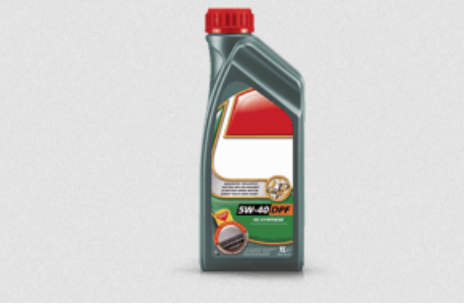What Exactly Does Engine Oil Do?
In order to be able to withstand extreme temperatures and pressures, your engine must be properly lubricated. Basically, engine oil, a.k.a motor oil, creates a protective barrier which reduces the friction between moving components and prevents overheating, corrosion, and wear. It can also act as a cleaning agent by flushing out contaminants and preventing carbon deposits from building up.
Improper lubrication can be quite serious. In fact, if an engine were to run without oil, it wouldn’t be able to run for more than 30 minutes without failing. The parts can become extremely damaged as a result of thermal and mechanical stress.
When Is It Time To Change Your Engine Oil?
This will largely depend on the type of oil used, the age of the vehicle, and the driving conditions. Nowadays, the general recommendation is to change your oil every 5,000 to 7,000 miles along with the oil filter. However, with older vehicles, you may have to change your oil as often as every 3,000 miles. Many modern synthetic products can last 10,000 to 15,000 miles.
You may find yourself changing your motor oil more often if you fit into one of the following categories:
- Drivers who mainly use their car for short journeys (e.g., 5 miles or less)
- Those who drive in extreme temperatures or dusty climates
- Those who carry heavy loads when travelling or tow trailers/caravans
Signs that the lubricant may need replacing include a strong smell of burnt oil inside the vehicle, dirty-looking oil or the presence of sludge, abnormal engine sounds, and excessive fuel consumption. It is highly critical that you use a lubricant with the right viscosity as recommended by the manufacturer or your mechanic. It is not advisable to mix two different types of oil or products from different brands.

This image of engine oil was taken from sparepartstore24.co.uk
A Basic Guide To Changing Motor Oil
For detailed instructions, please refer to your vehicle owner’s manual. Make sure to wear protective gloves and clothing when changing engine oil to prevent personal injury.
What you’ll need:
- A container/drain pan
- A new bottle of oil
- A new oil filter
- An oil filter wrench (depending on the filter)
- The correct size wrench for the oil drain plug
- Lint-free rags
- A funnel
Before you start, you may want to warm up the engine for 2-3 minutes to warm up the engine slightly as this will allow the oil to flow out more easily. Make sure it doesn’t get too hot, you only want to warm it up till the engine is warm to the touch. Otherwise, you may burn yourself.
- Locate the drain plug beneath the car
It should look like a large nut or plug and is located below the oil pan towards the bottom of the engine. Raise or jack up the vehicle if necessary.
Important: Never use a jack stand by itself. It should always be supported by jack stands.
2. Place the container underneath the oil pan and unscrew the drain plug with a wrench
You can use a rag to protect your hands when removing the drain plug. Make sure the container is in the right place and is the right size to collect all the oil. Allow the old oil drain out of the engine for 5 minutes or until it has slowed to a trickle.
3. Remove the cap from the oil filler hole at the top of the engine and unscrew the oil filter, using a wrench if necessary
Twist the component counterclockwise to remove it. Be careful not to spill any oil as you remove it. Make sure no parts of the filter seal are left behind.
4. Open the new bottle of oil
Dip your finger into the new lubricant and use a small amount to moisten the gasket on the new filter.
5. Screw on the new filter
Follow the filter manufacturer’s instructions and screw it on gently by hand.
6. Replace the oil drain plug
If the vehicle has a drain plug gasket, make sure to install a new one before proceeding. Use a wrench to tighten the plug according to the recommended torque.
7. Use a funnel to pour in the new oil
Pour slowly until the recommended amount of oil has been added, usually around three quarters of the bottle.
8. Replace the oil filler cap and run the engine for roughly 30 to 60 seconds
Check whether there are any leaks coming from the oil drain plug or the filter.
9. Turn off the engine and wait around minutes for the oil to settle inside the oil pan before checking the oil level
To check the oil level, remove the engine dipstick (if your vehicle has one) and wipe it clean with a lint-free rag. Reinsert the dipstick, pull it out and inspect it.
10. Add more oil if necessary
Pour it slowly and check the oil level again each time you add more. Do this until you reach the “Full” line on the engine dipstick.
11. Remove the container from under the car and lower the vehicle
Once you’ve done this, you can take it out for a test drive.














